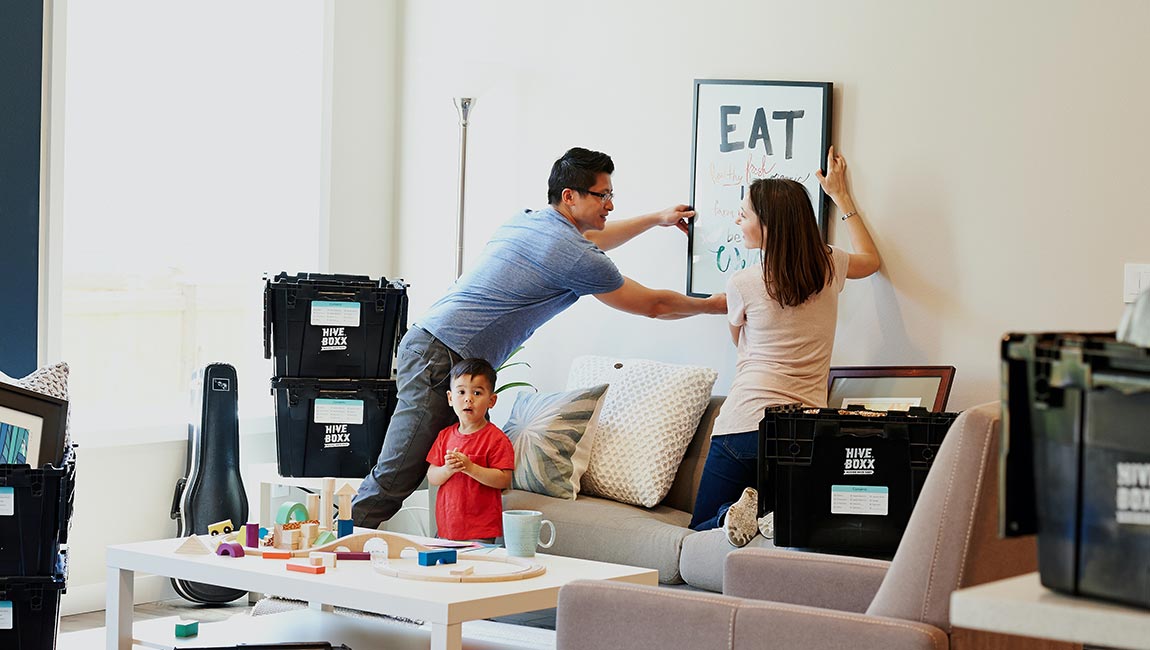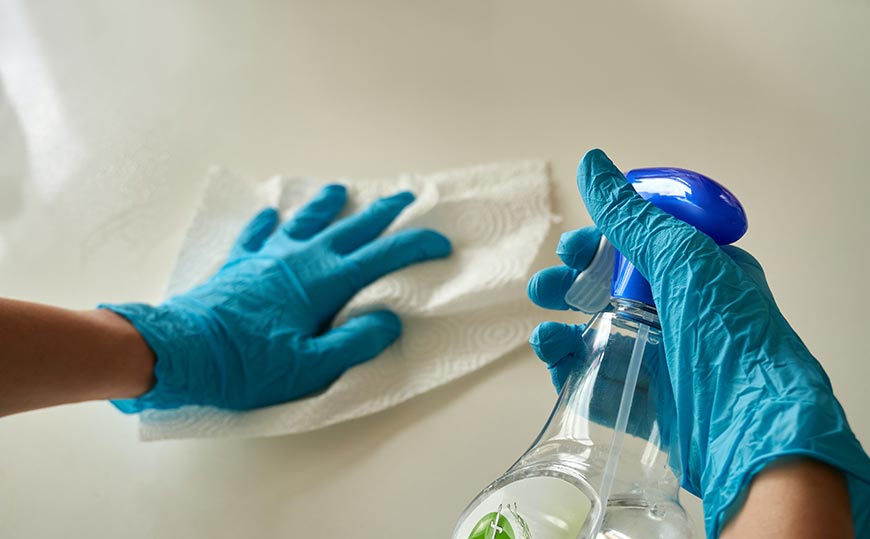Quick search
CTRL+K
Quick search
CTRL+K

Is your tenancy set to end soon? If it is, you might want to know how to get your deposit back from your landlord. This article provides foolproof tips on how to get your full security deposit back.
Check your property ahead of time and make sure it’s in good condition, or else you might end up in a quarrel with the landlord about your deposit.
Your tenancy agreement is the most important document to consult when it comes to terminating a tenancy. It sets forth duties and obligations for both landlords and tenants.
The lease is the written proof of all conditions and terms to which you and your landlord have agreed. It should describe how and when the lease will expire as well as the circumstances under which deposit deductions are permitted.
Tenants may be held responsible for:
The tenancy agreement is the only document that clearly defines expectations for both landlords and tenants. So it’s vitally important to read the rules and understand them.
When it comes to lowering deposit deductions, an independent inspection can make a big difference. Your check-in and check-out records are compared, with the end result being crucial. The state of repair at the time of settlement will either establish or negate the grounds for deposit deductions.
You should start inspecting the current condition of your rental property 4 to 7 weeks before your lease is up. Compare everything to your move-in report to make sure you’re not missing anything. As a tenant, you’re responsible for leaving the rental premises in the same condition as when you moved in, minus fair wear and tear.
“Wear and tear is damage that naturally and inevitably occurs as a result of normal wear or ageing. It is used in a legal context for such areas as warranty contracts from manufacturers, which usually stipulate that damage from wear and tear will not be covered.” — Wikipedia
Although some people might see a few dents in their furniture as natural and not worth repairing, it’s always best to play it safe. This means that tenants should do a thorough clean up and, if necessary, fix any minor repairs before their final landlord check out inspection.
Landlords may delegate property maintenance and repairs to renters. Regardless of whether that is the case or not, taking appropriate measures before your end of tenancy inspection is the ideal answer.

An experienced handyman can complete simple repair jobs in 15-30 minutes, which is more than worth it when you consider the improved appearance and credibility of your rental unit.
If you handle repairs and cleaning well, landlords will appreciate the effort 9 times out of 10, making deposit deductions much less likely.
End-of-tenancy inventory reports are legally binding, so it’s in your best interest to not wait for problems to materialise. If the current condition of the house or apartment doesn’t match what was described in your check-in report, you will be charged.
If you’ve handed in your notice, you could ask your landlord to come by for a looksee at least a month before you depart. This can sometimes be a good tactic to find out if your landlord will be charging you for tenancy cleaning and repairs based on what they see on the day. If they raise any issues, you can work together to address them before you move out.
The risk of making an incorrect assumption is not worth it when there are other, more pressing end-of-tenancy duties to take care of. Rely on facts instead of chance by inviting your landlord and politely negotiating with them.
In addition to repairs and upkeep, cleanliness is another important factor in determining deposit deductions.
Poor housing hygiene is the leading cause of tenant-landlord disputes in London — 50% according to The Tenants Voice. Most often, these involve some sort of problem with lack of cleanliness.

Before you move out of your rental property, give it a thorough cleaning from top to bottom. Wipe down all surfaces, including countertops, shelves and doors. Vacuum, sweep and mop the floor, clean the oven, washine machine, fridge and freezer. And do a super deep clean of the bathroom.
If this all sounds a bit too much, then hire professional cleaners to do the job for you. Even though they cost money, they might be cheaper than what you’re landlord will charge.
Within 30 days of a tenant’s moving in, landlords are required by law to secure deposits with any one of three government-approved schemes.
Being an independent entity not aligned with either landlords or tenants, the chosen scheme will protect your deposit until you move out. Schemes authorised by the government serve only to create a fair environment for both landlords and tenants.
By doing this, it will be more difficult for landlords to take advantage of their tenants through things such as illegal deductions. If the security deposit is not given back within the specified amount of time, then the tenant can ask for compensation that equals up to three times the original amount of the security deposit.
On average, the security deposit is an amount that tenants can’t afford to neglect. Make sure yours is secured with one of the approved schemes:
Address not found in any of the 3 databases? This likely means your deposit wasn’t ever secured. Contact your landlord ASAP and ask for a full refund.
As most things in life, the right way to solve disputes is via common sense and negotiation. It is the easiest and most stress-free solution to ensure your full deposit refund.
If you need help resolving a deposit dispute, contact your protection scheme and file a claim. You will be appointed with an independent adjudicator who will mediate between both sides to try to reach a resolution.
There’s no sense in going to battle with your landlord unless you have substantial evidence to back up your assertion. So make sure you have evidence to hand — photos, emails, documents etc — that support your claim.
This process is included in deposit protection services. The problem with this method is that it can take anywhere from 4 to 8 weeks to resolve a dispute. So you should try and avoid a situation where you’re relying on your tenancy deposit as a source of cash.
If your deposit is not adequately safeguarded, you must contact a solicitor and file a claim in county court.
So there’s a ton of information of what you can do to ensure you get your deposit back. And what you can do if there’s a dispute.
By far the most effective way of ensuring your money comes back is to keep the property in great condition. And this should be done throughout the tenancy. Don’t let things to get dirty or neglected, as this can lead to long term damage and funds being taken from your deposit.

Mark Flint
Mark regularly contributes to the Right Rent blog; sharing all the latest news, crafting informative articles and sourcing the very best rental content for our readers.
Find nearby, top-rated or recently added build-to-rent developments.
Greystar · Build-to-Rent Landlord
Greystar · Build-to-Rent Landlord
Moda · Build-to-Rent Landlord
Quintain Living · Build-to-Rent Landlord
Related Argent · Build-to-Rent Landlord
Capital & Centric · Build-to-Rent Landlord
Greystar · Build-to-Rent Landlord
Quintain Living · Build-to-Rent Landlord
Greystar · Build-to-Rent Landlord
Apo · Build-to-Rent Landlord
Greystar · Build-to-Rent Landlord
Fizzy Living · Build-to-Rent Landlord
There are no results matching your search Reset filters?